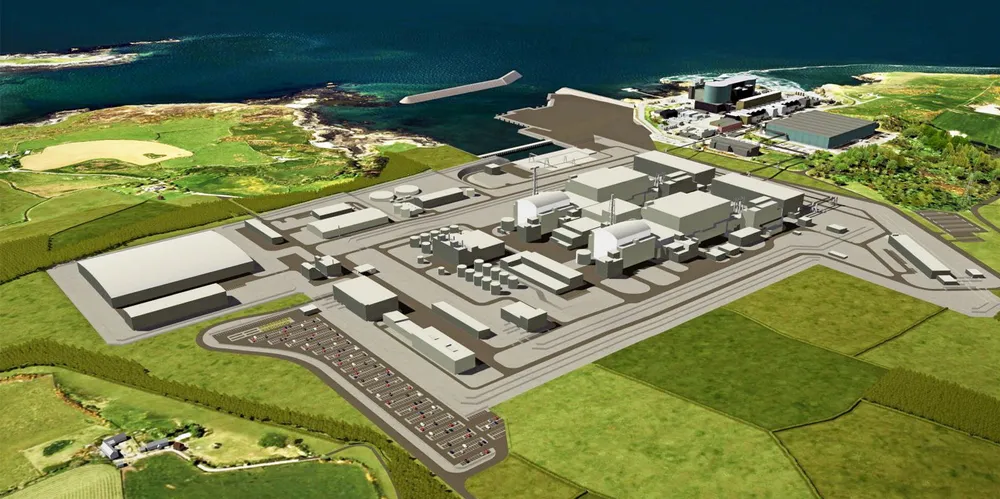'Conventional nuclear has had its day, but fusion could yet be a silver bullet'
High costs and a lack of public support seem likely to scupper most new nuclear facilities, but the technology is not dead yet, writes Gerard Reid

High costs and a lack of public support seem likely to scupper most new nuclear facilities, but the technology is not dead yet, writes Gerard Reid
